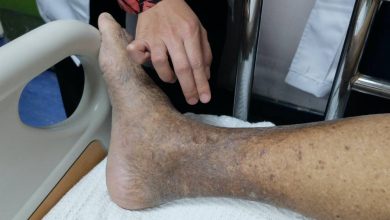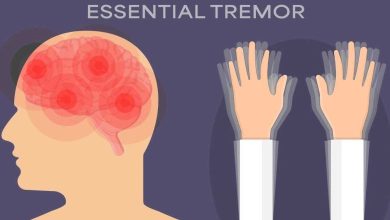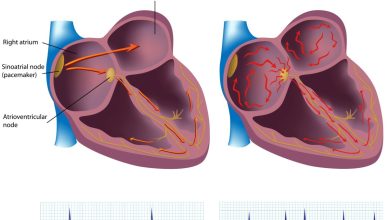Facial Paralysis Causes, Symptoms, Diagnosis and Treatment

What is Facial Paralysis?
Facial paralysis is a loss of facial movement due to nerve damage. Facial muscles may appear to droop or become weak. It can happen on one or both sides of the face.
Causes of Facial Paralysis
Facial paralysis is almost always caused by:
- Damage or swelling of the facial nerve, which carries signals from the brain to the muscles of the face
- Damage to the area of the brain that sends signals to the muscles of the face
- Stroke may cause facial paralysis. With a stroke, other muscles on one side of the body may also be
- In new-borns, facial paralysis may be caused by trauma during birth.
OTHER CAUSES INCLUDE:
- Infection of the brain or surrounding tissues
- Lyme disease
- Sarcoidosis
- Tumor that presses on the facial nerve
Symptoms of Facial Paralysis
While facial paralysis is often alarming, it does not always mean that you are having a stroke. The most common diagnosis is in fact Bell’s palsy. Symptoms of Bell’s palsy can include a combination of:
- Facial paralysis on one side (rarely are both sides of the face affected)
- Loss of blinking control on the affected side
- Decreased tearing
- Drooping of the mouth to the affected side
- Altered sense of taste
- Slurred speech
- Drooling
- Pain in or behind the ear
- Sound hypersensitivity on the affected side
- Difficulty eating or drinking
Diagnosis of Facial Paralysis
Tests for the diagnosis of facial paralysis include:
- Blood tests, including blood sugar, CBC, (ESR), Lyme test
- CT scan of the head
- Electromyography
- MRI of the head
Treatment of Facial Paralysis
This steroid is effective in reducing inflammation, which helps accelerate the recovery of the affected nerve. Prednisolone prevents the release of substances in the body that cause inflammation, such as prostaglandins and leukotrienes
Eye lubrication
If the patient is not blinking properly the eye will be exposed and tears will evaporate. Some patients will experience a reduction in tear production. Both may increase the risk of damage or infection. The doctor will prescribe artificial tears in the form of eye drops and also an ointment. The eye drops are usually taken during the waking hours, while the ointment is applied before going to sleep.
Patients who cannot close their eye properly during sleep will need to use surgical tape to keep it shut. Patients who experience worsening eye symptoms should seek medical help immediately. If you cannot get hold of your doctor go the emergency department of your nearest hospital.
More serious nerve damage, and will require further treatment. This may include:
- Mime therapy – this is a type of physical therapy (UK/Australia/Ireland: physiotherapy). The patient is taught a series of exercises which strengthen the facial muscles. This usually results in better coordination and a wider range of movement.
- Plastic surgery – this can improve the appearance and symmetry of the face. Some patients experience enormous benefit if they are able to smile again. It does not cure the nerve problem.
- Botox – according to researchers of Melbourne’s Brain Research Institute, palsy can be helped by the injection of Botox. The scientists found that specific areas of the brain, including damaged areas responsible for facial movements, may reorganize after injections of Botox combined with facial exercises.
By : Natural Health News




